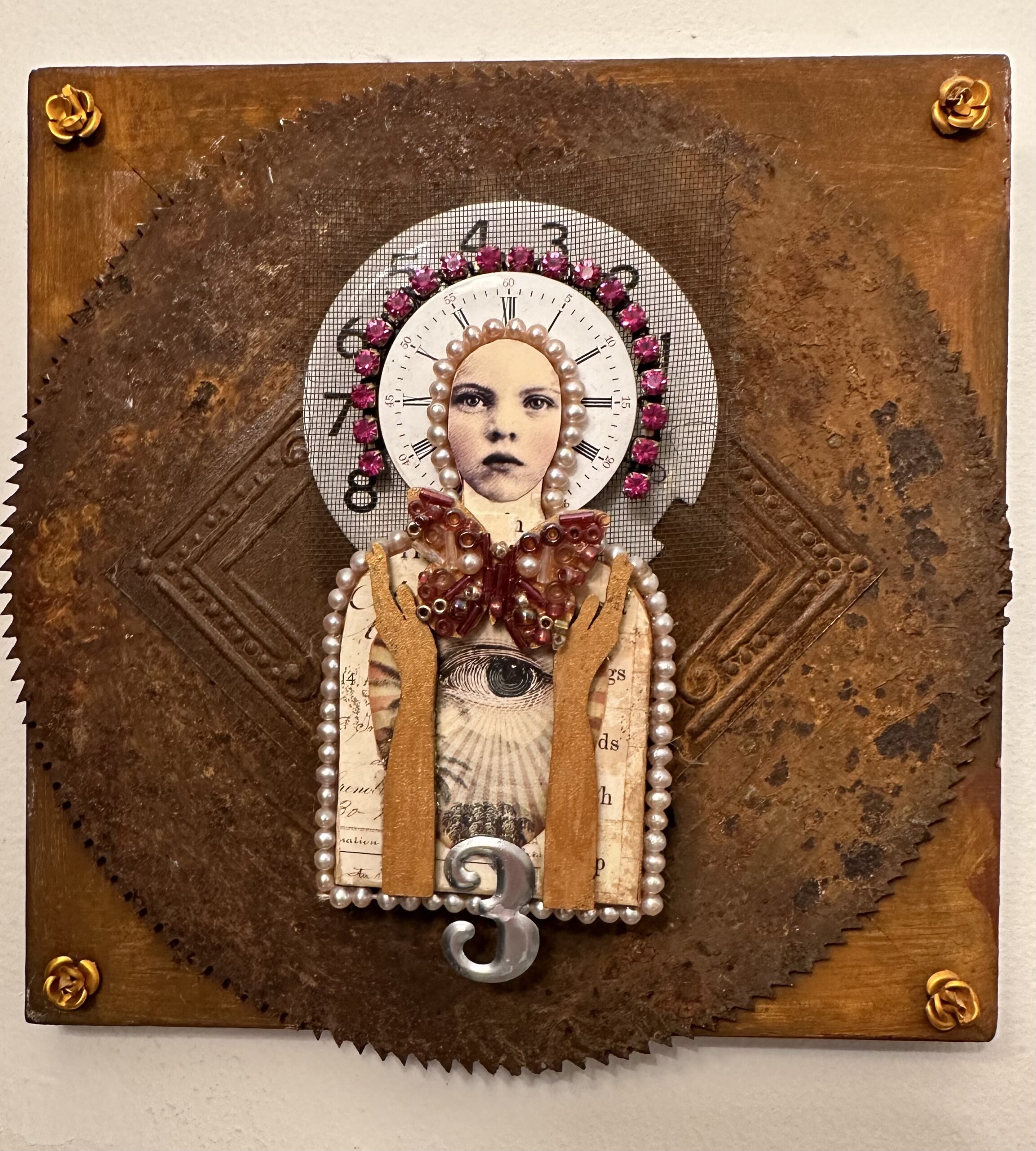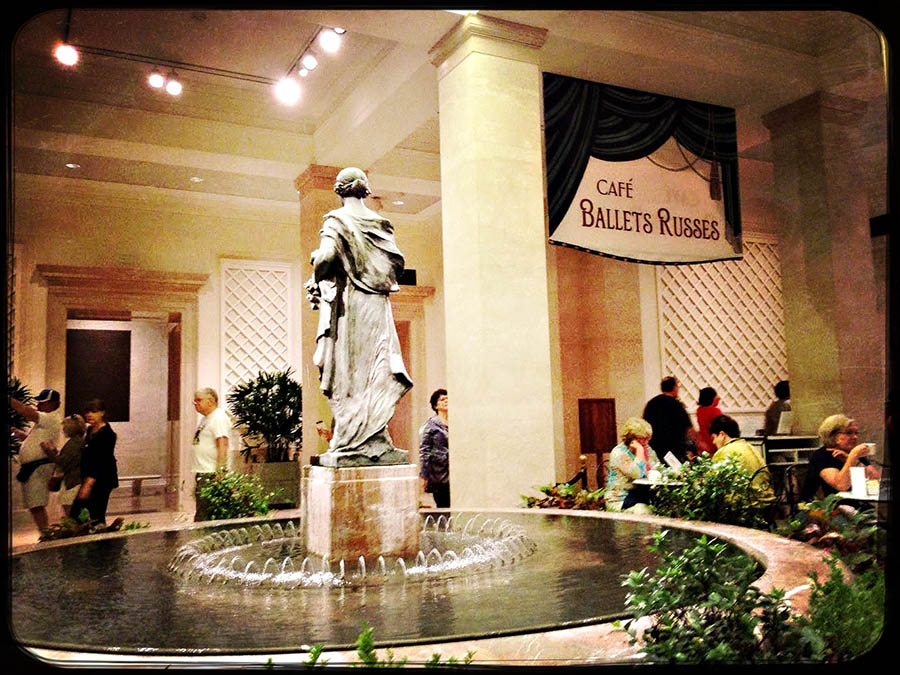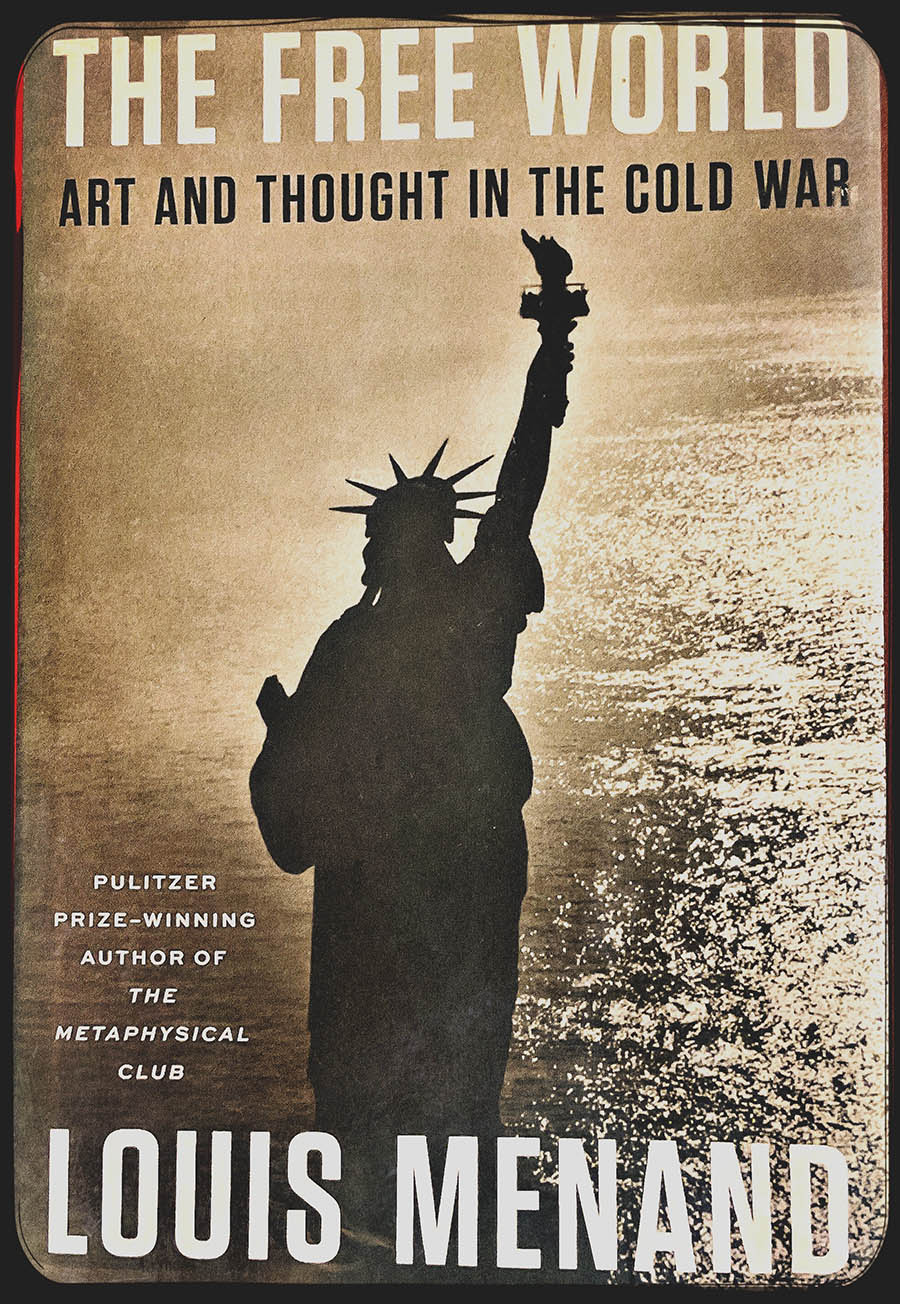Slow Light Series by Chee Keong Kung
Mclean based artist, Chee Keong Kung was born and raised in Singapore where the rich diversity of the culture continues to influence the development of his art. His process defined by exploration and experimentation has resulted in an evolving body of work.
Within the Mid-Atlantic region of the US, he has developed a reputation as a painter whose works display a vast sense of light-filled space and dynamism through the use of geometry and mark making. This body of work was just the beginning of his development.
His work has pushed beyond the boundary of the canvas as he moves his paintings off the wall into the three dimensional space. He works in series where he extends an idea through multiple pieces. The Slow Light series are mixed media assemblages that utilize spontaneous mark-making on the surface of the wood with metal being added as a mark in 3D space.
Works from the Slow Light series are available through distinctstudios.com on Chee’s DS artist’s page.



